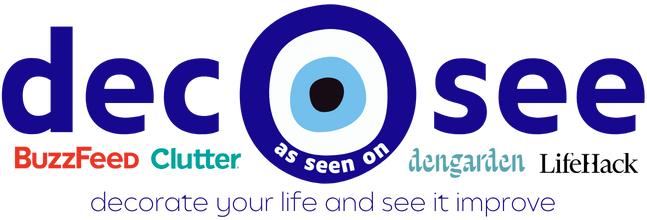
How to Optimize Your Content Management System for SEO Success
A CMS that doesn’t just accommodate SEO–but actively enhances it–can make all the difference. This type of CMS supports a symbiotic relationship between content strategy and operational platform, creating a fertile environment for search engine optimization success.
Ensure your content is structured correctly using a clear information architecture and consistent taxonomy. A well-structured website facilitates indexing by search engines.
On-page optimization
On-page optimization refers to any aspect of a page that can improve its search engine rankings. It involves smart keyword targeting to ensure a relevant page and provides a great user experience.
For example, an effective title tag explains what the page is about and can help search engines determine the content’s relevance. A concise meta description entices searchers to click on a result and may help them decide to visit a page.
Content management systems should allow you to create unique, SEO-friendly URLs for each page. It improves on-page SEO and enhances user experience by enabling visitors to find the pages they’re looking for easily. It also allows for better-structured markup implementation, a key component behind those neat featured snippets and knowledge panels on SERPs.
Internal linking
Internal links are a key component of content marketing that helps users navigate between pages and find relevant information. When used appropriately, they can enhance SEO and improve discoverability. However, avoiding linking to too many irrelevant or low-search-volume pages is important.
Doing so may need clarification for search engines and hinder indexing and crawling. Moreover, avoiding excessive keyword stuffing in internal links is also a good idea, as this can look unnatural and negatively impact user experience.
Use the Internal Linking report to identify and fix broken link redirects and improve PageRank distribution. It will help you improve the overall quality of your site architecture. In addition, utilize anchor text relevant to the context to provide a clear indication to search engines about the association between keywords and pages.
Metadata
Metadata is data that describes other data. It can enhance, organize, and manage digital assets more effectively.
A well-crafted title tag and descriptive metadata can entice a webpage in search engine results pages (SERPs), thereby driving more qualified traffic to your website. Conduct thorough keyword research before creating your page titles and descriptions. It’s also best to keep your titles and descriptions short, ideally under 60 characters, so they stay on search engine results pages.
For example, when an art director searches a company’s digital asset management (DAM) system for a high-resolution video of a ball bouncing, the descriptive metadata can help narrow the search results only to include videos that meet this requirement. It simplifies the art director’s workflow and retrieves the correct video.
Schema markup
Schema markup provides search engines with additional content information. It allows them to understand your content better, leading to improved search relevance and higher rankings.
For example, if someone searches for “vegan low-calorie cookies,” a page with schema markup might be eligible for a rich result that displays the recipe, ingredients, cook time, ratings, and other information directly on the SERP. This is more eye-catching and enticing to users, which can help increase clicks and traffic.
There are many types of schema markup, so it’s important to determine which ones are relevant to your content and business. You can also look at your competitors’ SEO strategies to see which markup they use and which don’t.
Sitemaps
A sitemap is a file that provides information about the pages and other files present on a website to the search engines. These can be in various formats such as HTML, XML, or image.
A CMS platform should also allow for tagging and categorizing pages, blog posts, and other types of content. It can help users find related information and spend more time on your website. The best-hosted CMS platforms will also offer SSL security, becoming a ranking factor as people are more aware of the risks of using unsecured sites.
Follow sitemap best practices to ensure your XML sitemaps are properly crawled and do not cause duplicate content issues. It includes avoiding “no index” tags, which can confuse search engines and waste your crawl budget.
